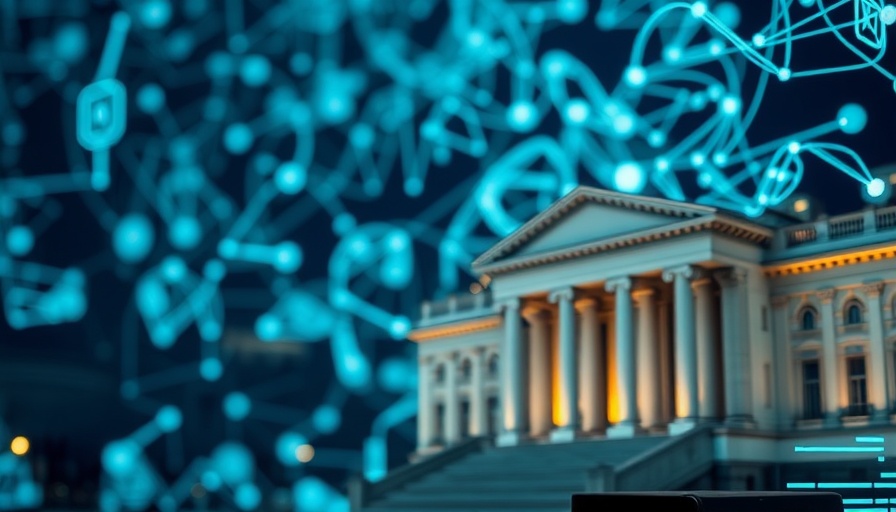
The Dangers of AI Misuse in the Legal Field
In a recent directive, the high court issued a wake-up call to lawyers amidst rising concerns over the misuse of artificial intelligence (AI) in legal proceedings. After an alarming discovery of fictitious citations in court cases, the ruling underscores the urgent need for lawyers to combat the growing reliance on AI without proper verification.
AI tools are widely seen as innovative assets, aiding everything from drafting documents to crafting legal arguments. However, Dame Victoria Sharp, head of the King’s Bench Division, pointed out the critical flaws in how these tools are utilized, emphasizing their potential to produce misinformation under the guise of reliability. Such instances of improper AI use can lead to severe repercussions for the legal system and public trust.
Understanding AI's Role: A Double-Edged Sword
The fast adoption of AI in various sectors raises significant questions—how do we balance technology’s benefits with the inherent risks? While AI can streamline research and enhance efficiency in legal workflows, it can also generate entirely fictitious legal references, as evidenced in the cases impacting Haringey Law Centre and others. These occurrences warn us that technology isn't infallible; its outputs can just as easily mislead.
Protecting Integrity in the Justice System
To maintain the integrity of legal procedures, Sharp has called for immediate action from legal professional bodies, including the Bar Council and the Law Society. It is vital for these organizations to establish clear ethical guidelines and promote awareness among lawyers about the risks of using AI-generated information, which may falsely mirror legitimate case law.
Ensuring Responsible AI Use in Courts
The recent court ruling reinforces a growing trend in examining the ethical implications of technology in our legal systems. As AI becomes more prevalent, referencing the right use of these tools is crucial. Lawyers must be educated on how to effectively distinguish credible sources from AI-generated fabrications. Sharp’s statements serve as a cautionary reminder about the technology: impressive yet possibly deceptive when used without caution.
As technology enthusiasts and professionals, it’s important to reflect on how such developments may influence the future. What does this mean for the next wave of AI deployment? Keeping our legal systems and practices aligned with ethical standards requires ongoing dialogue and vigilance.
As we navigate these complex technological ecosystems, we must remain aware of the implications that AI may have not just in law, but across society. This understanding serves as a foundation for responsible application in all fields, paving the way for future innovations while safeguarding against potential misuses.
 Add Row
Add Row  Add
Add 




 Add Row
Add Row  Add
Add 



Write A Comment